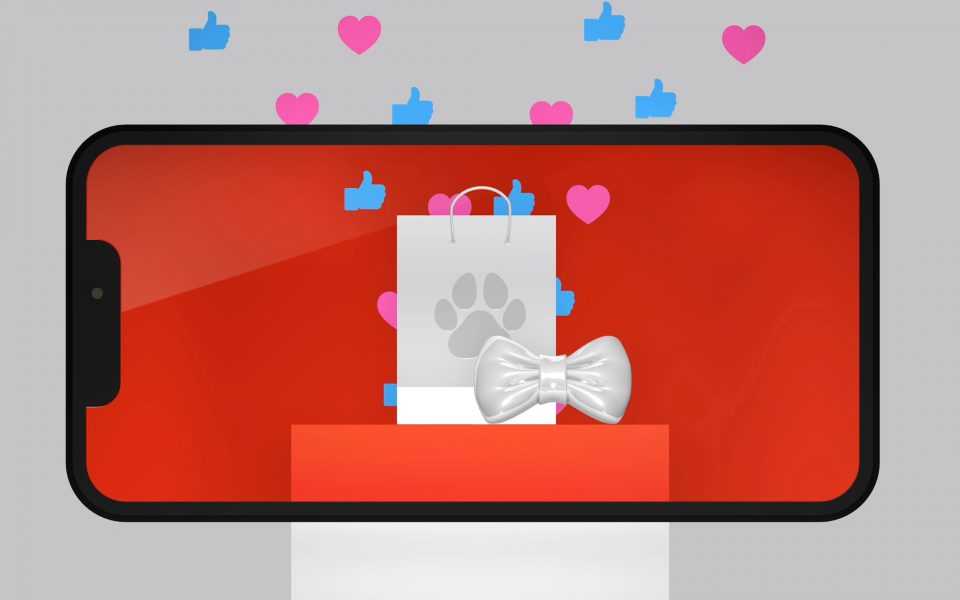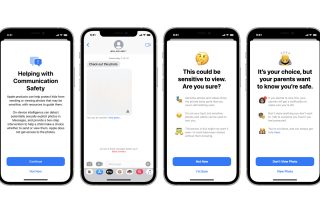Why the internet is turning into QVC

If YouTube has its way, we may soon watch makeup tutorials and buy face powder and eyeliner directly from its site. Facebook is airing infomercial-style shows that will encourage people to shop from small businesses, including one that sells dog bow ties.
Lots of internet personalities and businesses already pitch their products on social media. But for the first time in the United States, internet companies seem to be making a concerted effort to make shopping an inextricable and seamless part of the online spaces where we come to be entertained and informed but not necessarily to buy stuff.
Yes, America’s internet is turning into QVC. (People under 30: Email me for an explanation of home shopping TV.)
This is happening for three reasons: greed, fear and China. And the growing mania for digital shopping options is another example of how our experiences online are shaped just as much by corporations’ interests as by our desires.
Let me backtrack to what’s going on and why. For years in China, young people have been in love with shopping webcasts, short videos and social media personalities that both inform them about products and let them buy instantly.
This often happens in the form of in-app webcasts, which my colleague Raymond Zhong has described as “QVC and late-night television infomercials reinvented for the mobile age.” In one such webcast last month, a Chinese online pitchman known as the “lipstick brother” sold $1.9 billion worth of merchandise in a single day.
Technologists have predicted that it is only a matter of time before Americans got hooked on similar blends of e-commerce and social media, but that hasn’t quite happened.
Lots of people and businesses on Instagram, YouTube and TikTok sell merchandise, but they often direct you to buy on Amazon, Sephora or another website. Part of the magic of Chinese in-app shopping is that you can buy something the millisecond that your brain says, “Oooh, I want it!”
I’ve been unsure that Chinese-style online shopping could catch on in the United States. But there are now so many U.S. internet companies pushing this trend that we might change our habits by sheer force of their will.
YouTube executives recently haven’t stopped talking about turning the site into a place for video creators to sell things. This week, YouTube, which is owned by Google, detailed its plans to introduce live shopping webcasts and “shoppable videos” in time for the holidays. Amazon, Snapchat, Pinterest, Facebook and Instagram are going bigger with shopping webcasts and features to buy items directly in those apps, too. So is TikTok, whose Chinese parent company is big in live shopping.
Why is all this happening now? I’ll go back to greed and fear.
Facebook and Google look at the billions of people using their apps every day and want to sell that captive audience some hot sauce and sneakers. (And it’s a good bet that those companies will want a fee from those product sales, although they’re not talking much about that yet.)
Social media companies are also working hard to cater to the people who are trying to make a living from their followings on Instagram, YouTube, Snapchat or TikTok, in order to keep users coming back to their sites. E-commerce sales are one carrot that the internet giants can offer online creators to help them earn more money.
And then there’s fear. Google doesn’t love that most Americans turn to Amazon when they’re hunting for products, rather than to its web search box. Facebook and Snapchat are worried about Apple’s new data privacy rules eating into their advertising sales. Diversifying into e-commerce gives them a plan B. And ad sales alone may not cut it for younger internet companies like Pinterest and Snap.
You’ll notice that my list of whys didn’t include shoppers’ desire to buy lipstick from QVC-style Instagram shows or that miracle cleaner you heard about on TikTok right in TikTok. Yup.
Buying stuff in our favorite online entertainment destinations may be handy, or we might feel meh about shopping where we chat with our Facebook gardening groups. We’ll see. If in-app shopping in the U.S. becomes a bit more like how it works in China, it may not necessarily be because it’s what Americans want, but because it’s what a bunch of powerful companies want.
This article originally appeared in The New York Times.






